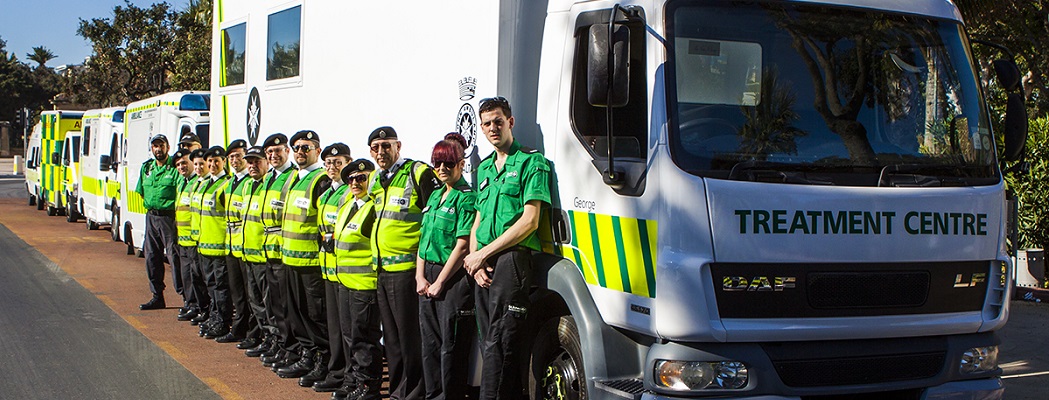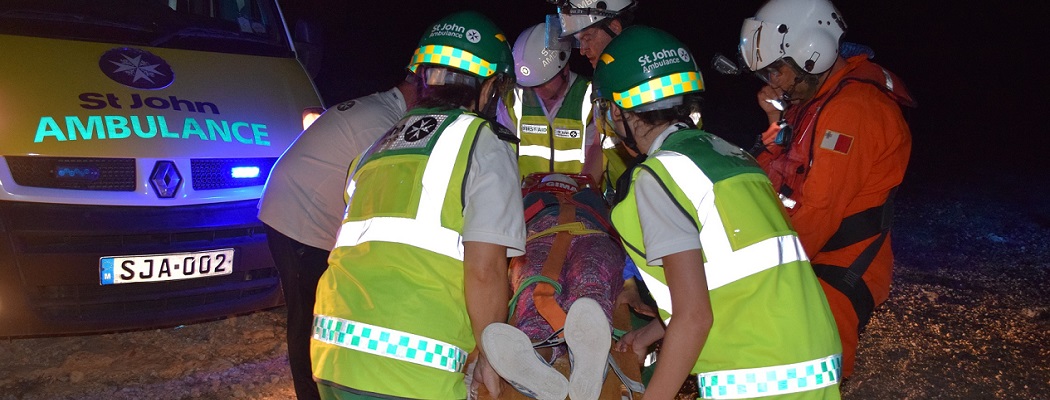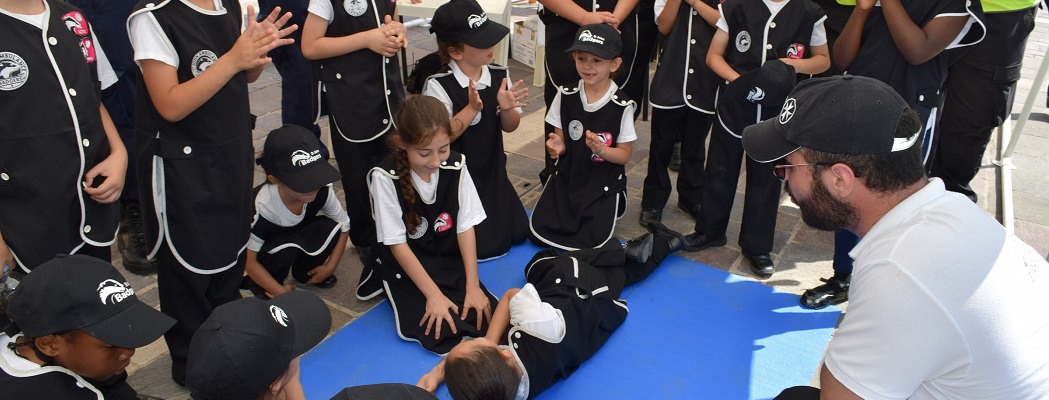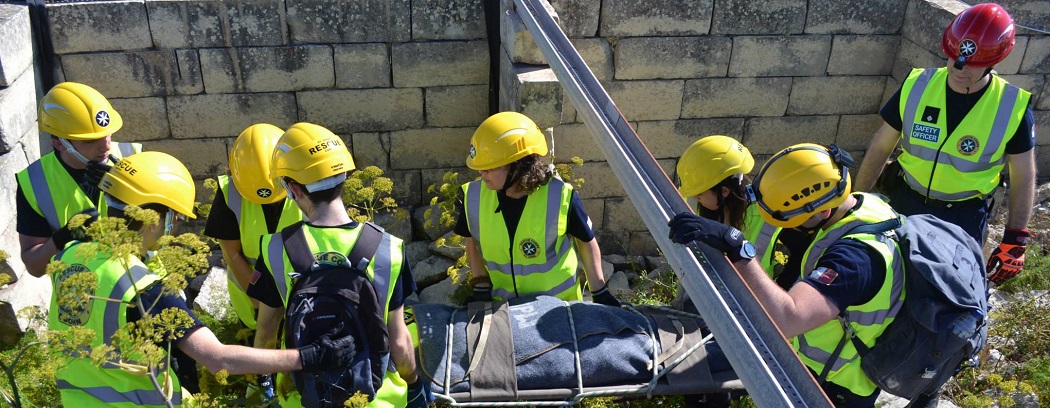In an emergency situation you may have to act quickly, so it’s important to be familiar with your first aid kit and know what to use for different injuries.
All workplaces, leisure centres, homes and cars should have a first aid kit. They are usually in a green or red box or bag that’s marked with a white cross, and should be easy to find.
Below are the basic contents of a first aid kit, with explanations of what to use when.
Sterile Dressings & Plasters
- Plasters: Use plasters for small cuts and grazes.
- Sterile pad: For more cushioning you can use a sterile pad and hold it in place with sticky tape. You could also use any clean, non-fluffy material, like a cloth scarf.
- Sterile wound dressing: A sterile wound dressing is a sterile pad attached to a bandage. These are for larger wounds to apply pressure to help stop bleeding and are quick and easy to put on in an emergency.
Bandages
- Roller bandages: Roller bandages are long thin bandages rolled up. Use a roller bandage to support joint injuries, hold dressings in place, put pressure on wounds to stop bleeding, and to reduce swelling
- Triangular bandages: Triangular bandages are large triangular shaped pieces of cloth. You can fold a triangular bandage to use as either a bandage or sling, or, if sterile, as a dressing for large wounds and burns.
Protective Items
- Disposable gloves: Using disposable gloves reduces the risk of infection between you and someone you’re helping. If they’re available, always wear gloves whenever you dress wounds or deal with any body fluids or waste
- Face shields or pocket masks: These are designed to prevent infection when you give rescue breaths.
Other Items
- Cleansing wipes, alcohol free wipes: To clean the skin around the wound
- Gauze pads as dressings: To use as padding, or as swabs to clean around wounds
- Sticky tape (adhesive tape): To hold dressings in place or to hold the loose end of bandages
- Pins and clips: To fasten the loose end of bandages
- Scissors, shears and tweezers: To cut sterile pads, bandages or sticky tape to the right length. You can also use them if you need to cut someone’s clothing, so that you can get to a wound, for example.
Useful Extras
- Use kitchen film or clean plastic bags: To dress burns and scalds
- Use alcohol gel: To clean your hands if you can’t find any water to use
For Outdoors
- Use a blanket: To keep someone warm and protect them from the cold
- Use survival bags: To keep someone warm and dry in an emergency
- Use a torch: To help you see when it gets dark and to attract attention or make others aware that you’re there
- Use a whistle: To help attract attention and get help
For the car, in case of road accidents
- Warning triangle: Put this on the road to warn other drivers to slow down
- Wear a high visibility jacket: To make sure drivers can see you and reduce the risk of you getting hurt as well.
Source: St John Ambulance UK






